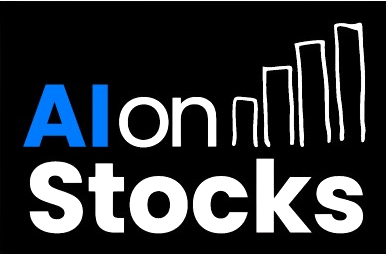Artificial Intelligence has transformed countless industries, and the world of trading is no exception. The rise of AI-powered trading bots has given investors access to tools that can analyse market data, identify opportunities, and execute trades with impressive speed. But while these bots promise efficiency and precision, they are not without their flaws. As retail investors increasingly turn to AI for trading, it’s vital to understand both the potential and the risks that come with it.
The Allure of AI Trading Bots
At their core, AI trading bots are sophisticated software programs. They process huge amounts of data, spot patterns, and make split-second decisions that would be impossible for any human trader. Unlike humans, they don’t sleep, second-guess, or let emotions cloud their judgment. This 24/7 capability makes them incredibly appealing, especially in markets that operate round the clock, like cryptocurrencies.
As AI technology has advanced, so too have these bots. Early versions followed simple, rule-based systems. Today’s bots use machine learning to continuously refine their decision-making, drawing on vast amounts of historical and real-time data to adapt their strategies. But beneath the surface of this technological sophistication lies a series of risks that every trader must recognise.
When Automation Goes Unchecked
Another inherent risk of AI trading is the absence of constant supervision. Once a bot is activated, it can execute trades automatically based on its programming — sometimes without the trader even noticing if something starts to go wrong. A bot acting on faulty data or outdated assumptions can quickly rack up significant losses.
To prevent this, regular monitoring is essential. Traders need to review performance logs, track how the bot is responding to changing markets, and be ready to step in if necessary. It’s not enough to simply ‘set and forget’ an AI trading bot. The markets evolve constantly, and so must the oversight.
The Danger of Outdated Models
Financial markets are dynamic. What worked yesterday might not work tomorrow. Many AI bots base their strategies on historical data, but the future doesn’t always behave like the past. A sudden shift — whether due to regulatory changes, a market crash, or a global event — can render a bot’s programmed assumptions ineffective or even dangerous.
That’s why regular updates and fine-tuning are critical. Traders should ensure that their bots are equipped to adapt, with algorithms that can respond to changing market dynamics. A bot left running on outdated models becomes a ticking time bomb in an unpredictable market.
The Security Threat
Beyond market risks, there’s also the very real issue of security. AI trading bots typically require access to your trading accounts and sensitive financial data. This makes them attractive targets for hackers. A security breach could allow criminals to steal funds or hijack accounts.
Protecting your trading operations means choosing bots from reputable providers, using strong passwords, enabling two-factor authentication, and keeping your software updated. Security can never be an afterthought when your investments are on the line.

The Reality of Algorithmic Errors
Even the most carefully designed AI models can still make mistakes. Algorithms aren’t perfect — they can misinterpret data, miscalculate outcomes, or behave unpredictably under unusual market conditions. And when they do, the results can be costly.
That’s why it’s important to regularly test and review any AI trading bot you use. Running simulations and backtesting across a variety of scenarios can help identify weaknesses before they cause real damage. Think of it as ongoing maintenance — essential for keeping your bot in good working order.
Managing Risk the Smart Way
Despite these risks, AI trading bots can still be valuable tools if used wisely. The key is balance — combining technology with human oversight, and never placing blind trust in automation.
Diversification is one of the smartest risk management strategies. By spreading investments across different assets and strategies, traders can cushion the impact if one particular bot or market segment runs into trouble. No single tool should ever hold the fate of your entire portfolio.
Equally important is staying informed. Markets change, technologies evolve, and the strategies that work today may not work tomorrow. Successful traders don’t just monitor their bots — they also keep an eye on broader market developments, economic trends, and potential disruptions.
Finally, security must remain a constant priority. Traders should regularly review who and what has access to their accounts, employ the strongest security measures available, and stay vigilant for any signs of unusual activity.
The Bottom Line
AI trading bots offer exciting possibilities for traders looking to leverage cutting-edge technology in the financial markets. They can analyse data faster than any human, execute trades efficiently, and help identify opportunities that might otherwise be missed. But they are not foolproof.
Understanding the risk of AI trading is just as important as appreciating its benefits. With proper oversight, strong security, regular adjustments, and human judgement leading the way, AI trading bots can become a powerful part of a trader’s toolkit — not a dangerous substitute for expertise.


